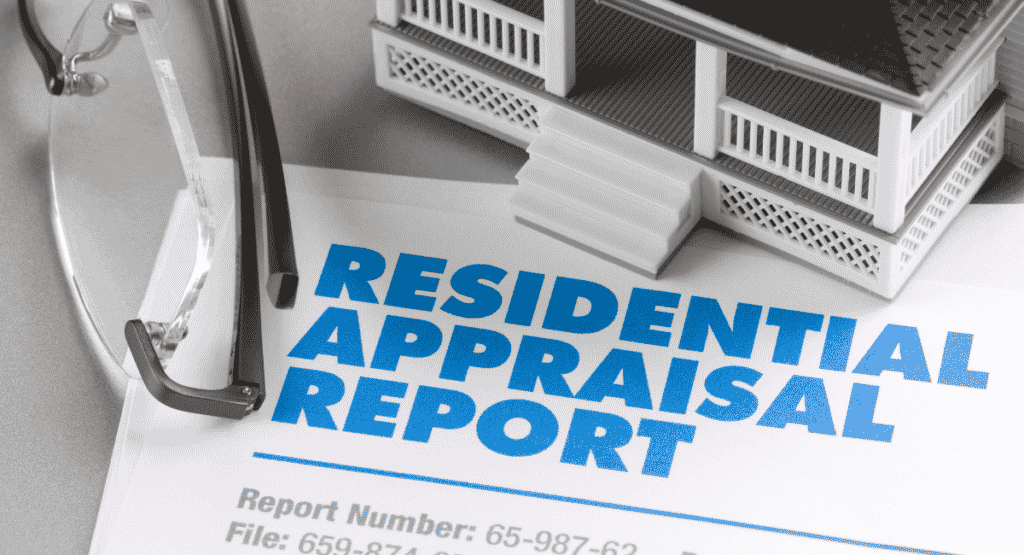Buying a Home in a Seller’s Market
The economics of a home seller’s market are simple. There is a lot of demand, but very little inventory. This means that some homes are only available for a few hours while there is competitive bidding.
Mortgage rates are still low. This gives consumers an incentive to shop around for mortgage loans and homes. And in a competitive situation, like the Southwest Florida real estate market, this can make this even harder.
You can still buy a house in a seller’s marketplace, but it can be far more difficult than buying a home in a more stable market.
8 tips to help you buy a house in a seller’s market
1 – Determine if you are in a seller’s marketplace
2 – Make your best offer first
3 – Be prepared to bid
4 – Do not counter
5 – Show cash
6 – Offer non-price factors
7 – Set aside money for a low appraisal
8 – Use letters and videos
1. Determine if you are in a seller’s marketplace
The first step is to determine if you are in a seller’s marketplace so that you can adjust your home-buying strategy accordingly. You can get help from a real estate agent by doing a few simple calculations.
Another option is to use the market absorb rate calculator. This calculates how long it would take for all remaining homes or inventory to be sold in a particular area. If the number is low, it means that you are in a seller’s marketplace.
First, the calculator asks how many homes have been sold within the past 12 months. The calculator divides this number by 12 months and divides the result into the current number of listings.
Another measure is the ratio of sales price to list prices. A ratio of 103 percent indicates a hot market that has multiple offers. A ratio of 98 percent to list price is a seller’s marketplace, while a ratio of 84-88 percent is a distressed buyer’s market.
2 – Make your best offer first
It is suggested that you make a list price offer as soon as possible in strong seller’s markets to avoid competitive interest.
Many agents will often be happy to negotiate the seller’s price. They don’t want to make multiple offers for $10,000 when their compensation is $300. “A buyer could take advantage of the lazy agent.”

3 – Be prepared to bid
If you are unable to make a quick offer at the listing price, your next step is to make your best offer but don’t expect it to be your last offer.
One option would be to add an escalation clause to every bid, usually adding 2-3 percent over the highest competing offer. This shows a strong desire to purchase the property and a willingness to pay the highest price. Sometimes this works, sometimes it doesn’t.
4 – Do not counter
Many agents would say that there are no counter-offers in a seller’s market.
Buyers should really put their best offer forward. Owners will see multiple offers, including five, six, or even ten at once. They don’t have to write a counter. They can choose the best offer. Buyers need to be exceptional on their first attempt.
5 – Show cash
To show sellers that you are serious, offer more cash than usual in earnest money. This is a deposit given to the seller to demonstrate buyer’s trust in a transaction. You should increase your earnest money deposit over what is common in your locality.
6 – Offer non-price factors
Sellers may accept your price if there are other considerations, or contingencies. These are things that may speed up the transaction.
Buyers should consider waiving any financing contingency in a market with strong demand. He suggests limiting inspection to three to five business days and putting larger earnest money deposits to provide non price consideration.
The property may not be appraised for the highest price in some hot markets. If this happens, the loan will not be approved. A lower offer that includes strong non-price factors might win out. Sellers are more likely to reject offers with more contingencies than buyers.
Flexible dates and deadlines can help buyers. A buyer can be more attractive if they give them extra time to move out, for instance.

7 – Set aside money for a low appraisal
Home appraisals often lag behind rapid increases in home prices. Lenders may not be able to fund the loan if the home doesn’t appraise. Home buyers should keep money aside to pay the difference between the appraised value and contracted purchase price.
Smart home sellers look for buyers who can cover the difference in these situations.
8 – Use letters and videos
It’s not all about the money when you sell a house. Sometimes a seller feels nostalgic about their home. A short letter from a buyer sharing how they would enjoy living there could be persuasive.
You can also show a sentimental attachment by pledging to preserve the architectural heritage of a historic house or showing that you are looking forward to tending to the rose garden.
Although appealing to the heart might not be your first strategy when buying in a seller’s marketplace, it can be a smart way of closing a deal before it even begins.
In summary
Buying in a seller’s market can be intimidating and challenging. That doesn’t mean it’s impossible. A determined and prepared buyer with an experienced real estate agent can finds ways to make it happen.

